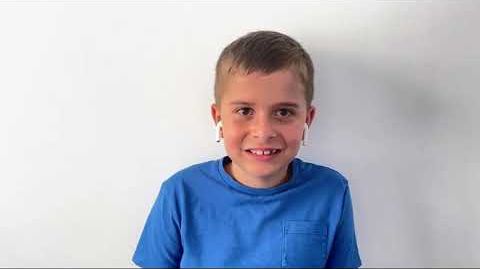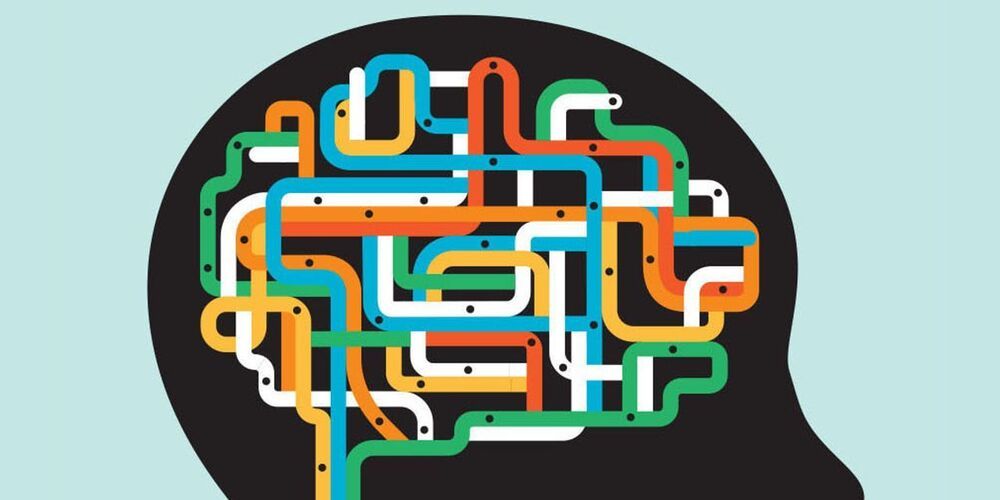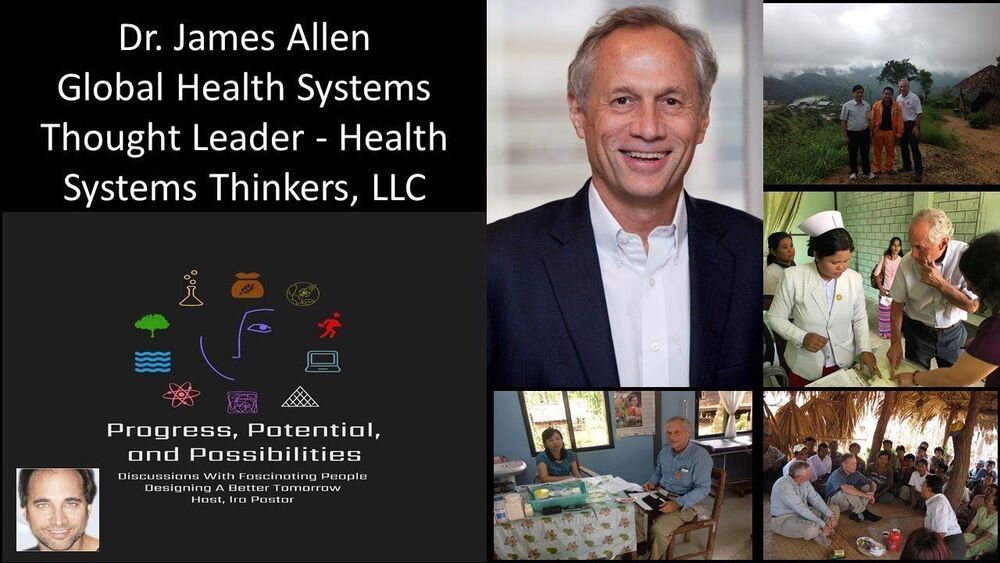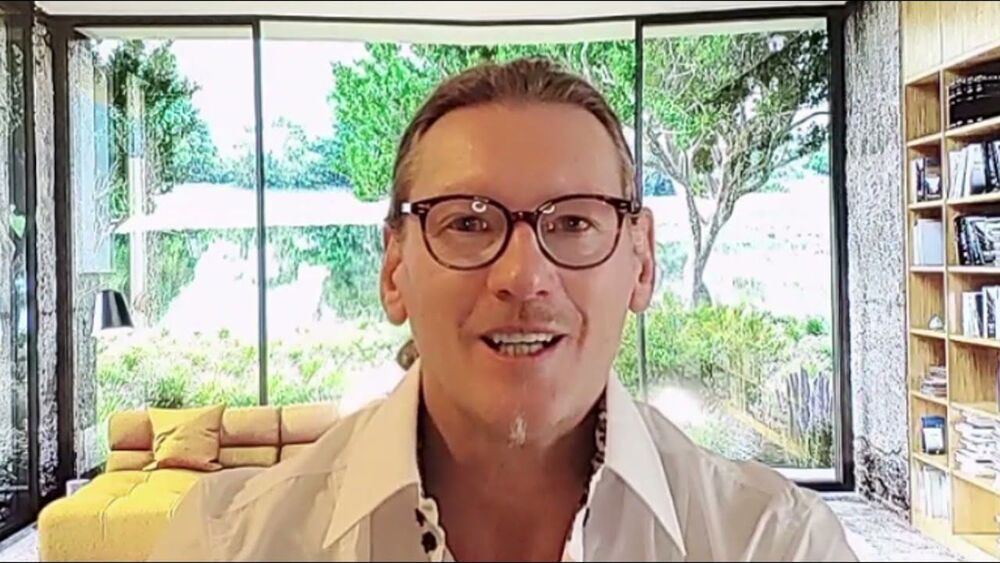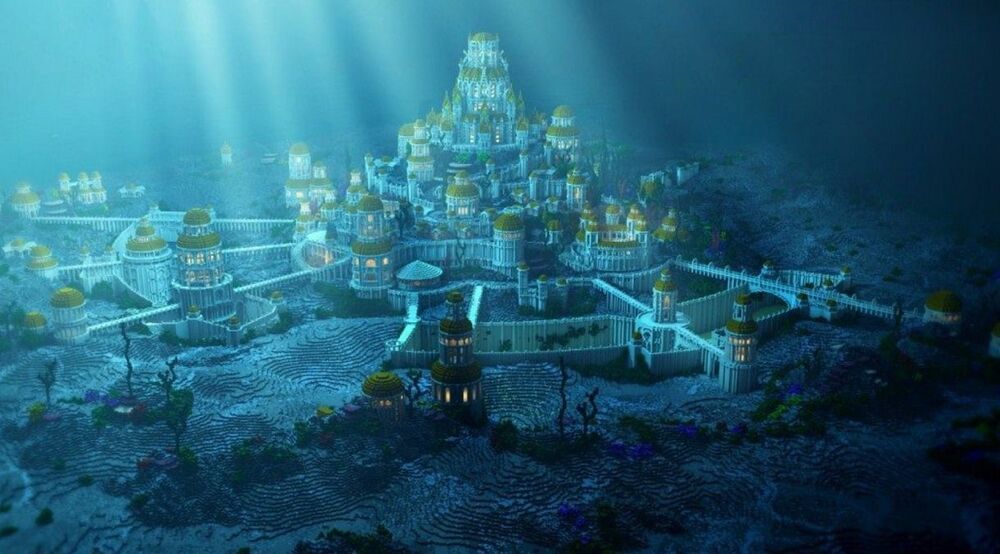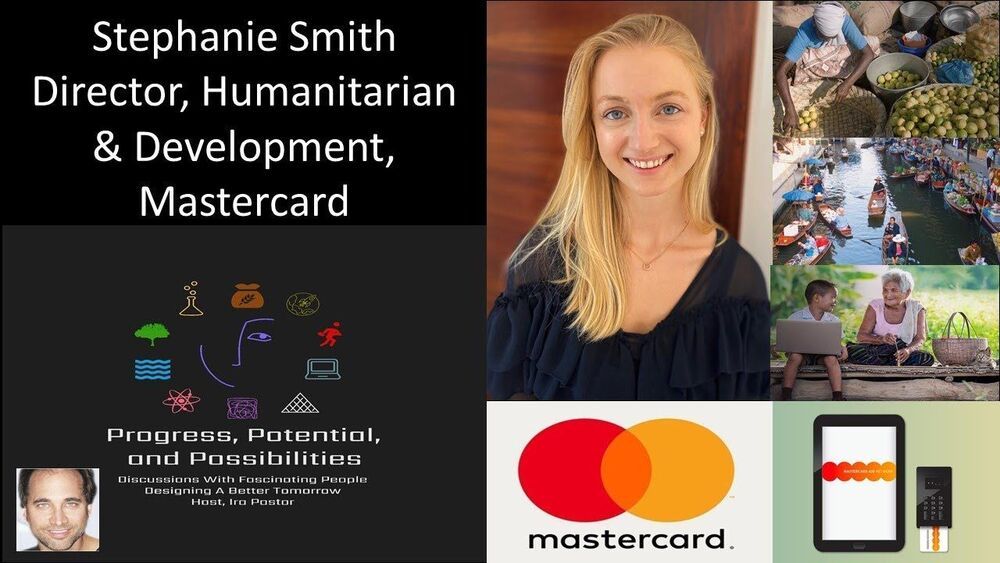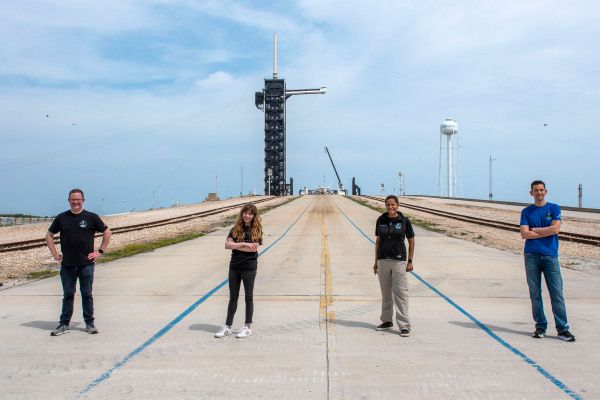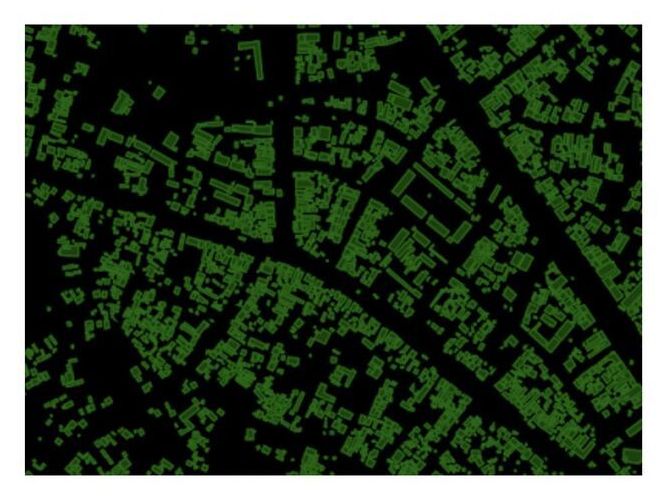Aug 16, 2021
Expedition 65 Education Inflight with U S Embassy of Bulgaria — July 26, 2021
Posted by Alan Jurisson in categories: education, space travel
SPACE STATION CREW DISCUSSES LIFE IN SPACE WITH STUDENTS AT U.S EMBASSY IN BULGARIA
Aboard the International Space Station, Expedition 65 Flight Engineers Mark Vande Hei of NASA and Thomas Pesquet of ESA (European Space Agency) discussed life and work aboard the complex during an in-flight event July 26 where they answered pre-recorded questions from students. Vande Hei and Pesquet launched within weeks of each other in April on Russian Soyuz and SpaceX Crew Dragon vehicles respectively for their missions on the orbital outpost.
